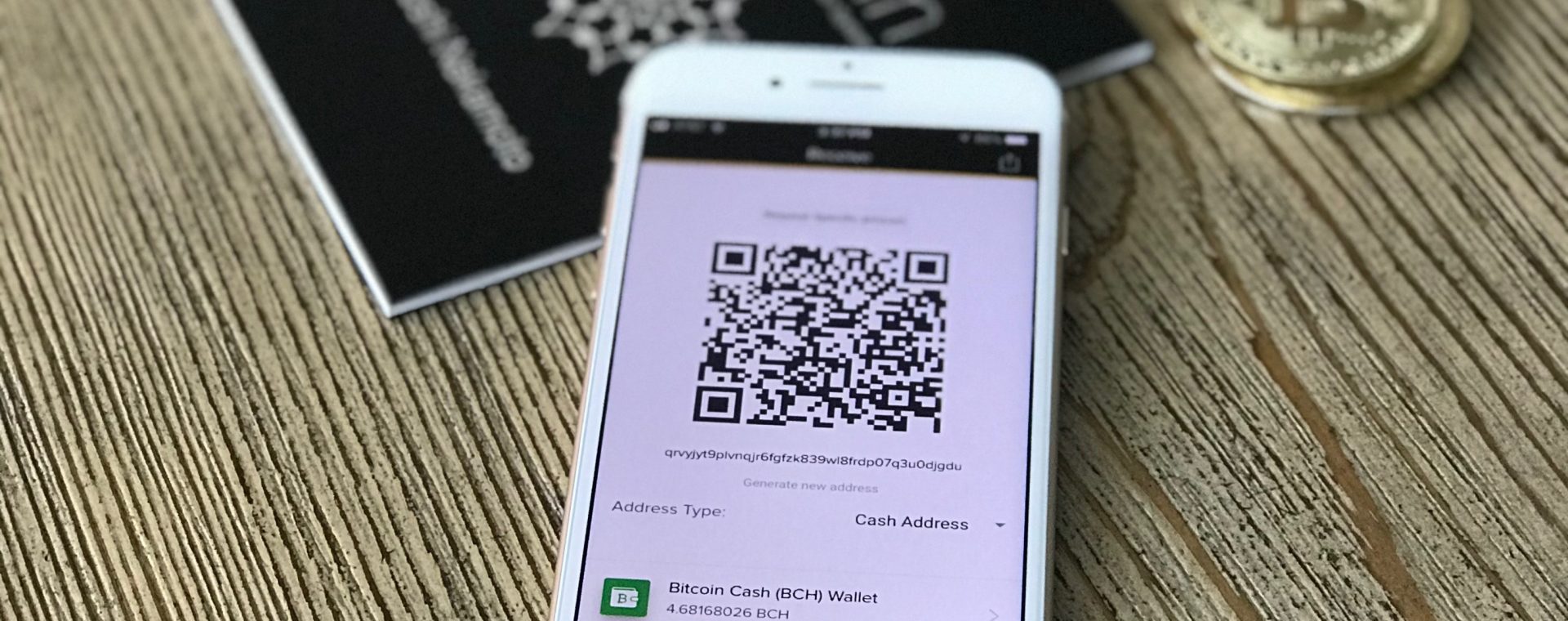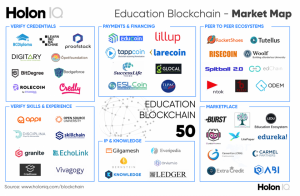
Note: This article was originally published in Forbes [link]
There is considerable excitement around the potential for blockchain technology to transform the way we learn – ushering in the next generation of education innovation. Headlines breathlessly announce blockchain’s potential to disrupt education, blockchain speakers routinely receive top billing at industry conferences, and according to HolonIQ, roughly $40 million in venture capital was invested in blockchain in education in 2018. But blockchain is still in its early days. Looking beyond the hype, is the transformative power of blockchain in education real? And, if so, what might it disrupt and when?
Let’s start by looking at what blockchain can actually do. A recent report from McKinsey defines blockchain as:
“a distributed ledger, or database, shared across a public or private computing network. Each computer node in the network holds a copy of the ledger, so there is no single point of failure. Every piece of information is mathematically encrypted and added as a new ‘block’ to the chain of historical records. Various consensus protocols are used to validate a new block with other participants before it can be added to the chain. This prevents fraud or double spending without requiring a central authority. The ledger can also be programmed with ‘smart contracts,’ a set of conditions recorded on the blockchain, so that transactions automatically trigger when the conditions are met.”
At a glance, education – with its emphasis on the sharing, acquisition, and verification of skills and knowledge – seems like a perfect fit for this technology. Not surprisingly, education industry experts such as Tom Vander Ark, OEB Insights, and The Blockchain Council have identified as many as twenty potential education use-cases for blockchain technology, with an emerging consensus around the following.
- Issuing & Verifying Credentials: Because of its enhanced security and ability to function without a central authority, blockchain is an ideal technology for issuing, storing, and sharing credentials. Institutions like the Holberton School and MIT (with Learning Machine), are currently issuing credentials on the blockchain – with the benefit of offering easier lifelong access to, and verification of, these credentials. Sony Global Education is doing this on a wider scale too, creating a platform to manage transcripts and test scores through a digital platform.
- Managing Intellectual Property: Another use of the blockchain technology is for storing knowledge itself. For example, RocketShoesenables digital assets – things like videos, pictures, and student work – to be securely stored and shared using blockchain. Similarly, Ledger Journal and Bernstein use blockchain to timestamp published manuscripts. These new blockchain solutions are valuable because they make it easier to register and protect intellectual property. This means that content creators – including individuals and small organizations – can have greater confidence their work will not be used for commercial purposes without their consent.
- Making & Accepting Payments: Blockchain also offers the possibility of a secure and dynamic distributed database that updates as currency – cash or crypto-currencies – are shared among participants. As one basic example, some universities such as University of Nicosia are beginning to accept tuition payments denominated in blockchain currencies, such as Bitcoin. In the future, this could also extend to payments that are triggered by smart contacts, such as the release of financial aid when a student meets specific criteria (e.g. fulfilling minimum credit and GPA requirements).
Taken separately, each of these applications has the potential to generate incremental value by lowering costs, introducing new revenue streams, or improving operational efficiency. Taken together they have the potential to truly revolutionize the operational side education.
And this is what is generating the hype.
Were the applications outlined above combined, they could enable what HolonIQ refers to as a peer-to-peer learning ecosystem (see diagram below, from HolonIQ, for an illustration) – allowing individuals to get just-in-time education, from a variety of sources, and to document all of this learning through the creation and storage of easily verifiable credentials. Companies like LEDU Education Ecosystem, Tutellus, and Odem are moving into this space and building exciting and innovative business models.

Education affiliated Blockchain companies
This would be hugely disruptive for universities whose business models are built around educating learners and documenting that learning through degrees and, increasingly, through non-degree certificates. Of course, the higher education business model has been under assault for a number of years. But blockchain provides a critical, and long-missing, enabling technology.
But blockchain is not the only missing ingredient. To realize its full potential, major changes – apart from technology – would be required in the education ecosystem. Consider the following:
- Alternative credentials would need to be accepted by employers and other educational institutions. Credentials are only valuable if they accurately reflect the underlying skills and knowledge of the credential-holder. The work of developing rigorous, valid, and reliable assessments is longstanding and mostly independent of innovations in blockchain. As assessments (including endorsements from colleagues, portfolios of work, etc.) become more trusted to reflect an underlying set of skills and knowledge, their associated credentials will gain in value. Blockchain could play a helpful role in more efficiently and securely storing and retrieving assessment results, but blockchain in itself, doesn’t lead to assessments that more accurately reflect what an individual knows or can do.
- Credential issuers would need to cooperate in large numbers, in order to generate the network effects required for the peer-to-peer model to be most effective. For a true peer-to-peer system to grow to scale, multiple parties will need to participate in shared platforms that facilitate the issuing, sharing and storage of credentials. Blockchain makes this type of cooperation easier – in so far as it provides a more effective underlying technology for issuing and verifying credentials, managing intellectual property, and making and accepting payments – but it doesn’t solve it completely.
- Higher education public policy would need to be modified to support a radically reconfigured educational system.Will credentials earned through a peer-to-peer learning platform be eligible for federal grants and scholarships, such as Pell Grants? Will peer-to-peer providers be subject to the same accreditation requirements as universities? What recourse will a learner have if they are defrauded by an unscrupulous peer-to-peer provider? These policy questions – and many more – would need to be addressed in any peer-to-peer system, regardless of whether blockchain is an underlying technology.
The vision of a peer-to-peer education system – boosting quality and access while reducing costs – is a vision that merits the excitement it has generated. But blockchain is just the catalyst and framework of the changes needed for this vision to become reality. For investors and entrepreneurs, we suggest taking a sober look at the ecosystem and the myriad changes required to achieve a peer-to-peer educational system. Given these challenges, immediate applications of blockchain may be more modest and rooted in concrete opportunities such as storing and retrieving transcripts more securely and verifying student identities more efficiently.
In the near term, the next generation of education, promised by blockchain enthusiasts, may be just that – an education for the next generation.
This article was researched and developed with Jay Bakhru.


